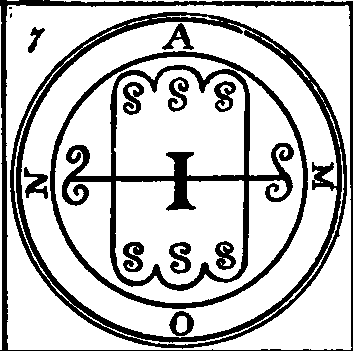Tattoo designs - B >> Butterfly
Butterfly Tattoo DesignsButterfly Tattoos - One of the most popular tattoo design choices for women, the Butterfly reveals the feminine influence in tattoo culture. Generally speaking, butterflies are an overwhelmingly female tattoo design. Because of the butterfly’s short life span, many ancient peoples saw it as emblematic of the impermanent. Its physical beauty and its fluttering from flower to flower seeking nectar have made it synonymous with the more unstable and superficial aspects of the human soul.
In Greek mythology, Psyche was represented in art with butterfly wings. It’s all about the airborne soul – and the caterpillar emerging from its cocoon, transformed from an earth-bound to an aerial entity, is the classic metaphor. To the Greeks, a human soul emerged each time a butterfly emerged from its cocoon. Diverse cultures looked upon the Butterfly as a symbol of transformation, regeneration and flight. Souls were carried by the Butterfly from earth to heaven, or in some cases were believed to be the souls themselves returning to earth.
Butterfly goddesses have emerged in places as far apart as Minoan Crete and Toltec Mexico. Some of these deities were believed to be the personification of certain butterflies, and were regarded as symbols of beauty, love, flowers, and the spirits of the dead. They were also looked upon as the patrons of women who died in childbirth and warriors who fell in battle. At the other end of the spectrum, one of the Butterfly deities in ancient Mexico was the goddess of war and human sacrifice.
So, the Butterfly is not entirely the exclusive domain of the feminine. The Roman Emperor, Augustus, took it as his personal symbol, and the warrior priests of the Mexican Popolucas peoples sported the Butterfly as a motif on their breastplates. Their Butterfly was also the symbol of fire.
In Japan, the Butterfly, ready to fly after its long spell in the cocoon and spreading its brand new wings, is a popular symbol for young girls. It represents emerging beauty and grace, with the added notice to regard change as joyful, not traumatic. Likewise, the Native American honours the Butterfly as an emblem of guidance in change. In China, it is still a popular symbol of marital bliss and conjugal harmony.
Delightful, magical and transformational, the Butterfly reminds its admirers of the mystery of nature and the richness of human imagination.








